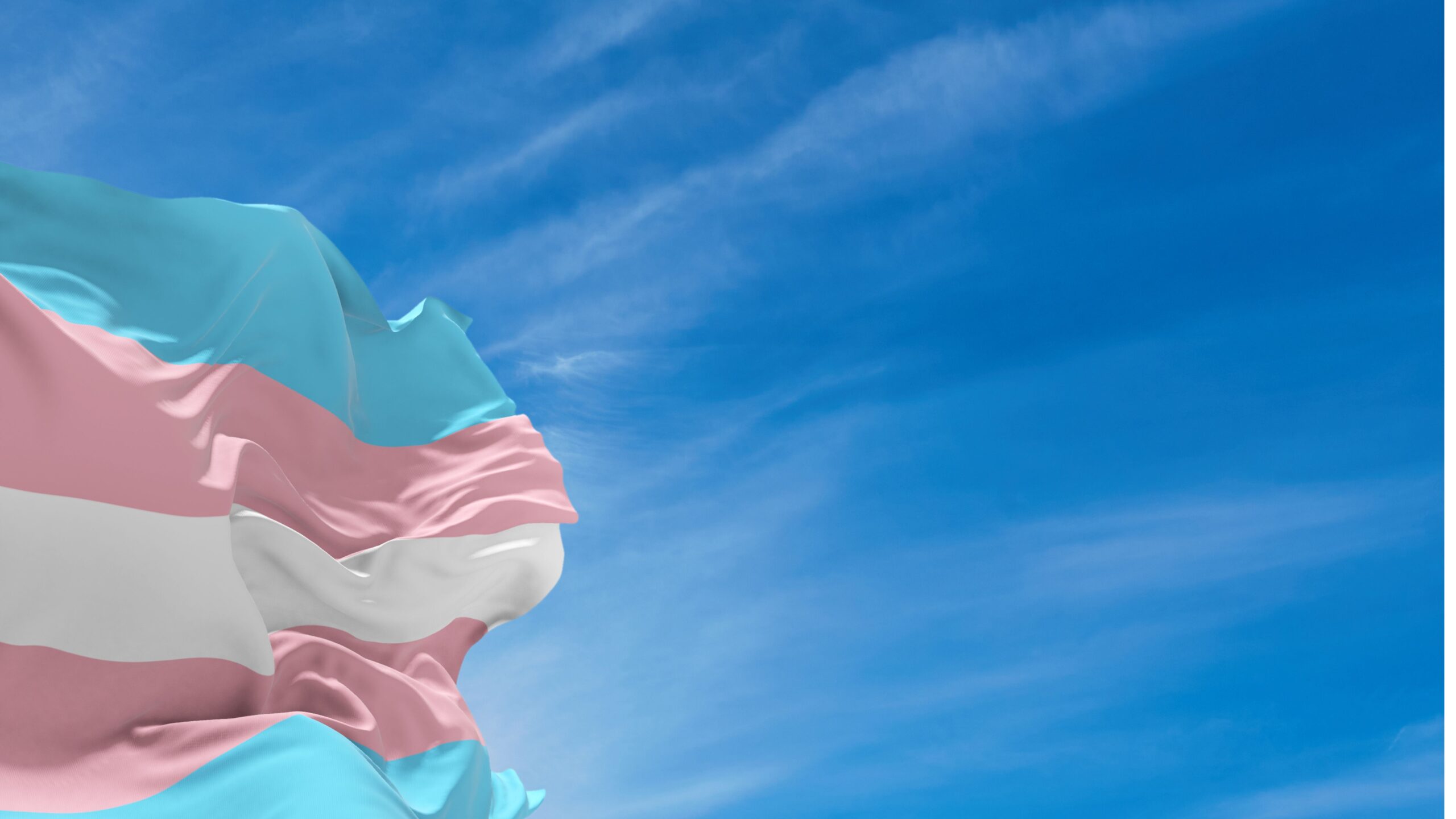March 31, 2023
Trans Day of Visibility – Resources

Trans Day of Visibility Resources
Why is it important to celebrate International Trans Day of Visibility? Because not only are trans people one of the most discriminated minority groups across the globe right now, but also because the intersection between being trans, disabled, and facing barriers at work is an often overlooked aspect of the lives of trans people. 55% of trans people polled in Ontario alone reported themselves as having a disability, and that’s just in Ontario! What that percentage is in other provinces is still unclear.
It’s important that on this day we acknowledge the gap in support and care that trans people with disabilities face in their employment and career journeys. Helping close these gaps has the potential to radically change how trans peoples with disabilities can enter the workplace safely, happily, and without fear of discrimination.
Understanding Basic terms:
- Transgender – a person who does not identify with the gender they were assigned at birth.
- Non-Binary – a person whose identity is outside the binary (“there can only be men and woman”) spectrum.
- Cisgender – a person happy with the gender they were assigned to at birth and feel no need to change it.
- Microaggression(s) – an often unintentional, or subtle, form of discrimination marginalized peoples face that is often overlooked by society. An example could be misgendering someone. The severity of compounding microaggressions on the mental health of minority groups can be devastating.
What trans is NOT: A sexual orientation, a fetish, or a mental illness.
Some statistics:
- “….quantitative studies in Canada and the US conclude that a significant percentage of the trans population is disabled: 55% of the trans population of Ontario…”. Digging beneath the Surface: When Disability Meets Gender Identity from the University of Waterloo.
- “Of the nearly 30.5 million people in Canada aged 15 and older living in a private household in May 2021, 100,815 were transgender (59,460) or non-binary (41,355), accounting for 0.33% of the population in this age group.” Statistics Canada.
- Racialized (BPOC) transgender and Non-Binary persons reported that “72% had experienced verbal harassment in the past 5 years. 45% had ever been harassed at work or school. 73% worried about being stopped or harassed by police or security because of who they are.” TransPulse Canada.
- ”Transgender Canadians were also more likely to report their mental health as poor or fair than their cisgender counterparts, and also more likely to have seriously contemplated suicide in their lifetimes. They were also more likely than cisgender Canadians to have been diagnosed with a mood or anxiety disorder. A recent crowdsource survey found that gender-diverse participants (that is, participants who did not report their gender as exclusively female or male) were almost 3 times more likely than male participants to report that they had experienced discrimination during the pandemic.” Statistics Canada.
- 1 in 3 trans youth tried to commit suicide in 2015 alone. Trans people are also as a whole twice as likely to contemplate suicide over the rest of the LGB+ community. From the Mental Health Commission of Canada.
Nation-wide Resources:
- TransPulse Canada
- Trans-Can
- Canadian Aids Society list of both national and provincial level support groups for trans people.
- Pflag Canada
- Trans Lifeline
- Transgender Map for Canada. Provides general information as well as resources for each province.
Hotlines:
- Trans Lifeline - (877) 330-6366
- Talk Suicide – 1 (833) 456-4566 (call) or text 45645
- A list of Canada Wide hotlines available by province
Subscribe
Sign up to receive updates from CCRW.